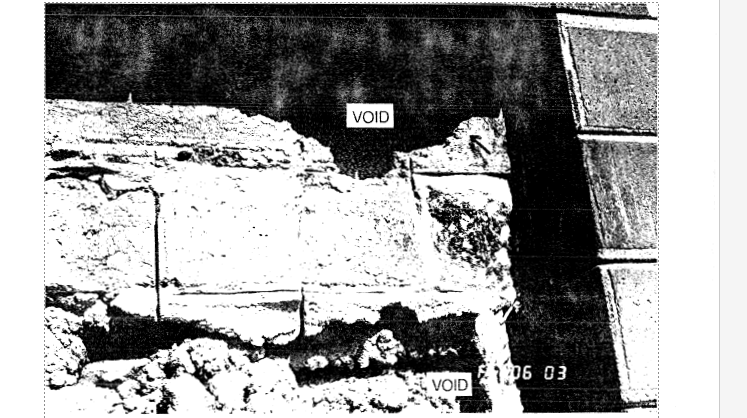Whitlock Dalrymple Poston & Associates, Inc.
Manassas, Virginia USA
ABSTRACT
Reinforced and non-reinforced masonry walls rely upon grout to provide axial, shear and bending load resistance. Grout must be well consolidated to sufficiently bond to horizontal and vertical reinforcing steel to transfer stresses between the grout and the reinforcement. If voids are present, adequate bond may not be provided. In addition to affecting structural integrity, missing grout and voids will allow water to collect around reinforcement leading to corrosion and, potentially, leakage to the interior. Unlike reinforced concrete which can be inspected after form removal, masonry voids go undetected because the masonry units remain in place concealing the grout and voids.
Destructive and non-destructive methods for determining the presence of voids, their locations and delineation of the size of voids in masonry walls are discussed. These methods include infrared thermography, impact-echo, impulse radar, test borings, human range audible soundings and random demolition. The non-destructive methods may be employed during construction for quality assurance or in the investigation of existing structures for rehabilitation.
1298.pdf



